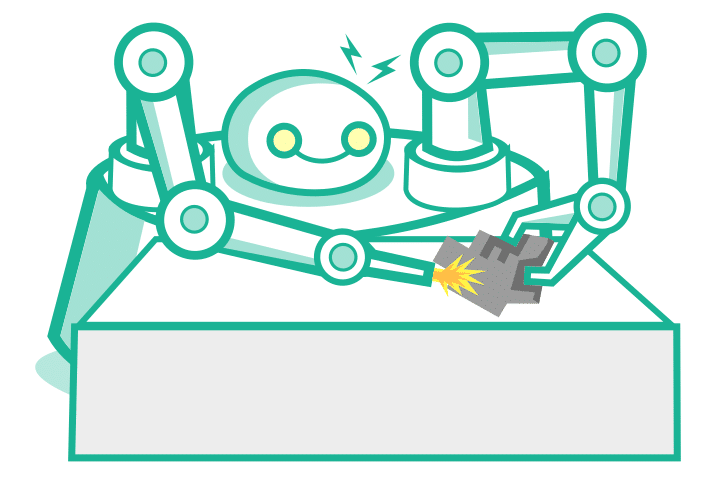
With the advancements in technology and developments in industrialization, it is difficult to find two manufacturers using collaborative robots in the same way, even when using them for similar operations. Collaborative robots are applied very differently in low-volume/high-mix manufacturing environments when compared to how they are applied in a packaging company. The easy adaptability of collaborative robots in different industries is what makes them popular.
A Collaborative robot is a small industrial robot that can be equipped with a wide array of tools to enable it to perform different tasks. It comes programmed with user-friendly features that make it ideal for working alongside human workers. This is why it is an easy solution for many workplaces.
If you are ready to automate your work environment with collaborative robots, the best way to do so is by working with a commercial vendor like Universal Robots. This gives you a chance to examine your work area and identify areas that need improvements an adjustment. This way, you can make physical changes to the warehouse to make it more ideal for collaborative robots.
Finding the right place to deploy a collaborative robot
Any human worker has an idea of what operations they would prefer not to do. Common jobs best suited for collaborative robots include the performance of highly repetitive tasks and tasks that are deemed as high risk for human workers.
To decide on the best way to use collaborative robots in your workplace, you can go to vendor sites to see the different ways collaborative robots can be used. You can also brainstorm with your team to determine which areas need automation.
Some of the common areas collaborative robots are deployed include:
Assembly and rotation
It can be used to assemble pieces and rotate them to enable human workers to complete the job.
CNC machine tending
It can be used to place and pick unfinished material pieces in a CNC machine. This is a repetitive task that requires accuracy, which makes cobots the perfect fit. Collaborative robots can open and close CNC machine doors to make the process fully automated.
Injections molding
Collaborative robots can be programmed to tend to injection molding machines. It can open and remove parts, press the start button, and trim part as the others are molded.
When deciding on the best processes to automate with collaborative robots, it is important to understand why these areas require automation. These present the best automation opportunities. You need to pay attention to:
- Steps that are time-intensive – it can be deployed for tasks that require time-intensive steps. An example includes materials that need to be allowed to reach a certain temperature and time taken in part-queueing. This will free the human worker to work in other areas in the warehouse.
- A task requiring multiple operators – a cobot can be programmed to perform tasks that require more than one human worker.
- Rule-based operations -this can include sorting operations
- Repetitive motion processes and ergonomic problems
It may be a challenge to review processes to determine where best to deploy cobots. By assessing the different areas, you can identify risks that were previously undetected and determine whether collaborative robots can mitigate the risks.
Automating a process does not mean that cobots need to fully replace human workers. Sometimes, it only involves automating certain steps in operations to improve output and boost workflow.
How to prioritize
With all the processes that take place in an industry, the best jobs to automate with collaborative robots include those that require reductions in labor time, steps, movement, and even costs. By understanding which areas require reducing, you can be able to narrow down your options.
Determine why you need to automate the processes. You need to quantify your goals and measure the possible success it can bring. You also need to consider the available resources such as time, money, existing workers, training, and the ability of your workers to learn new skills.

